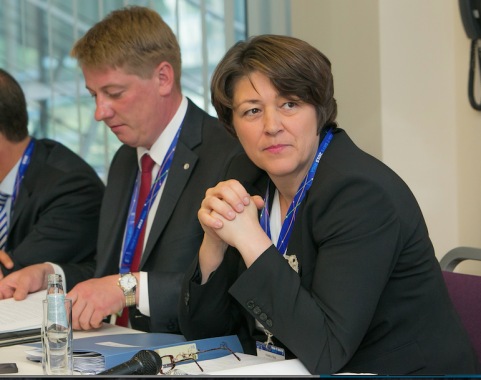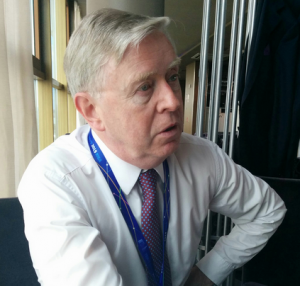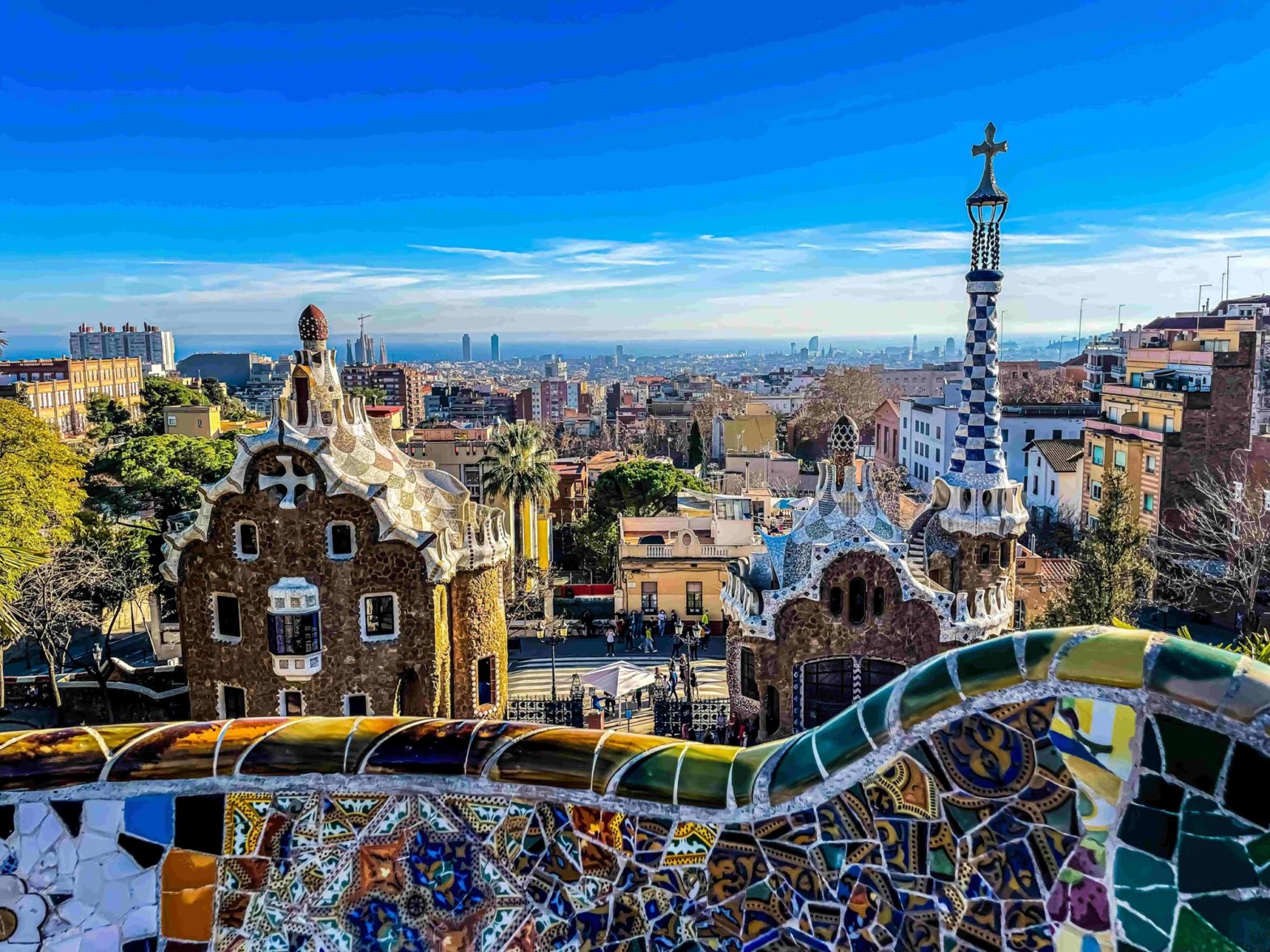
Photo: Violeta-Bulc-Anrijs-Matiss
Cities to play greater role in EU transport corridor development
23 June 2015
by Richard Forster
Cities are increasingly being given a bigger role to help boost the European Union’s (EU) nine transport corridors, or Trans-European Transport Network (TEN-T), that criss-cross the continent, EU representatives said at the TEN-T Days conference in Riga, Latvia.
Over 1,000 transport stakeholders were told that cities, which represent 80 percent of the EU’s GDP and house 70 percent of its citizens, would be given a greater voice in the corridor development–launched in 2014–and that cities are at the core of the EU’s infrastructure policy to close transport network gaps, to remove bottlenecks and to overcome technical barriers.
“It’s very important that we try and achieve connectivity with urban nodes,” said Violeta Bulc, EU Commissioner for Transport. “One of the stresses of the TEN-T network was to connect ports, airports, and all the major cities and industrial bases to ensure that all people and goods can flow freely.”
As a backdrop to the conference a new report revealed that the impact of EU investment in transport infrastructure in the corridors would create 1.8 percent of GDP growth and 10 million jobs, lasting until 2030.
“What is most important is that these jobs are sustainable and will not disappear after 2030,” added Bulc, although approximately two thirds of the total €350 billion TEN-T budget (2014-2020) would need to come from national governments, of between 0.1 percent and 1.7 percent of GDP, and substantial private investments.

Pat Cox, European Coordinator for the TEN-T Scandinavian-Mediterranean Corridor that passes through nine countries and 19 major cities, confirmed to Cities Today that the next stage of his work plans will be more complex and include a greater focus on urban nodes that until now has not been given.
“I want to get leading-edge [e-logistics] examples of pilot projects, public or private, public and private, to talk to people about those examples from cities,” he said. “We need to get into this in more detail.”
One of the biggest successes within the Scandinavian-Mediterranean corridor has been the Øresund bridge linking Malmö in Sweden to Copenhagen in Denmark that has helped revive and boost economic growth between the two cities.
It is now the basis for a similar link and funding model, the Fehmarn Belt, that will provide two rail lines and a four-lane highway, to create a greater macro economic region connecting Hamburg, Copenhagen, Malmö and Stockholm.
“When I met the Swedish minister for transport and asked, ‘What are your priorities for transport?’, her first answer was ‘The Danish project in Fehmarn Belt’, which is hugely helpful for our project,” added Cox.
The Mayor of Hamburg, Olaf Scholz, whose city links three of the transport corridors, reiterated the importance of cities to help boost struggling EU economic growth.
“I think cities can be a key partner in transport policy and for future transport developments in Europe,” he said. “We are not just part of the EU but also a gateway to the world, one of Europe’s gateways to the world. We need to ensure that we have global growth. We need a multimodal approach to the nodal network so that everything can operate effectively.”










